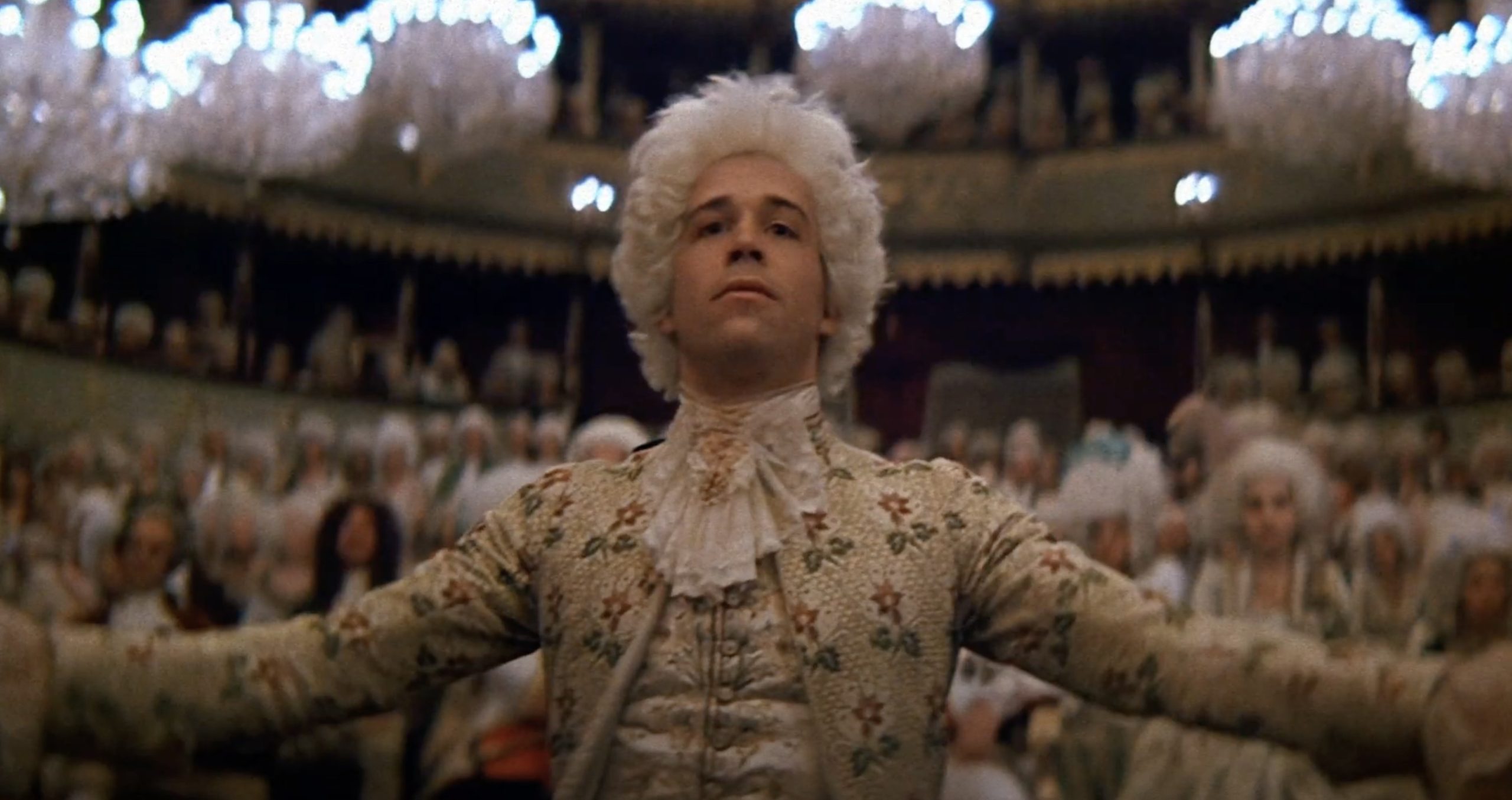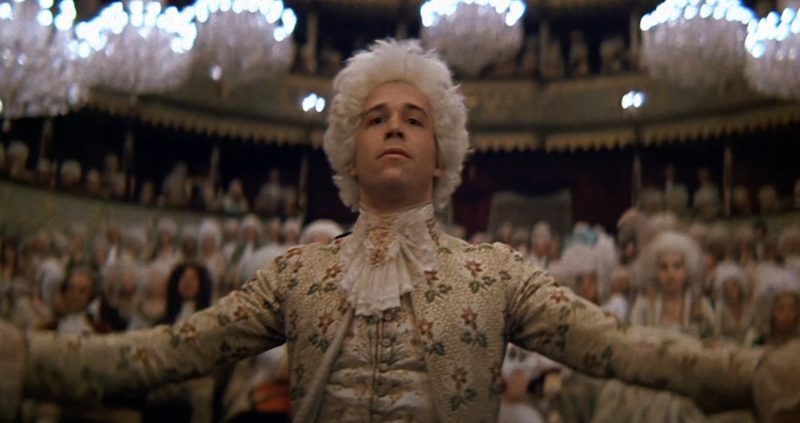Mozart, Salieri and Amadeus


In collaboration with the Grand Philharmonic Choir, Kitchener’s Apollo Cinema showcased Amadeus to promote the choir’s upcoming performance of Wolfgang Amadeus Mozart’s Requiem.
Known as Mozart’s last work, Requiem was left incomplete – Mozart unable to finish writing the piece before his death at the age of 35.
However, does the film truly portray Mozart (and his “rival” Antonio Salieri) in an accurate manner?
On Sept. 19, 1984, Amadeus was released in theatres across the United States.
Directed by Milos Forman (the director also known for 1975’s One Flew Over the Cuckoo’s Nest), the film opened to mass acclaim – winning the title of ‘best picture’ at the Oscars in 1985.
“It made everyone aware of who Mozart was, and of his genius. Of course, there’s bits here and there of fantasy. I thought it was good, because it made people aware of his music and his genius – alongside how young he was when he did most of that.”
Theodore Paul Baerg, Director of Opera at Western University.
Known as a child prodigy, Mozart is believed to have composed his first piece of music at five years old in 1761.
By 13, he was appointed as an honorary concertmaster in the Salzburg court.
Amadeus takes care to show young Mozart’s brilliance as a child – an early scene in the film showcasing Mozart playing the piano blindfolded for an enraptured audience.
The film continues to go out of its way to showcase Mozart’s brilliance, Salieri himself enraptured by the young composer’s ability to capture music in a living, breathing manner.
“[Mozart played] Classic, classical music. He did function within the norms of that period, as well as going beyond them. However, he was very accessible to his audience. That’s because he used stories that were accessible and interesting.”
Baerg
Salieri’s music throughout the film is portrayed as lesser than – something that was not true in real life.
Conversely, Salieri was acclaimed throughout Europe and even taught a very famous future composer – Ludwig van Beethoven.
Unfortunately, this notoriety has not extended to the present day, Mozart being far more popular with the general public.
“He [Salieri] was a name when he was alive. People knew who he was. Now at least people know [due to Amadeus] who he is. Before that, nobody even had heard of him. I mean, maybe musicians had – I had, very briefly when we talked about Mozart,” said Baerg.
While Amadeus revived some interest in Salieri’s work, Mozart remains the larger figure in the public consciousness.
However, there is a benefit to listening to both composers.
Baerg encourages those interested in learning more about classical geniuses to listen as they go about their daily tasks.
“If you can find something of Salieri’s, listen to it – listen to Mozart. You don’t need to read an awful lot about them, the average person isn’t going to be interested. But people do have time to listen.”
This can result in a far more deep appreciation for the works of classical artists.
“Suddenly, they’ll have a real appreciation for the genius that Mozart was, and other people who wrote music that was very similar at the same time. Just not as good as [Mozart’s].”
Baerg
Those who have seen the film can visit Laurier’s “Classical Music Library” online through library.wlu.ca to learn more about these composers.


